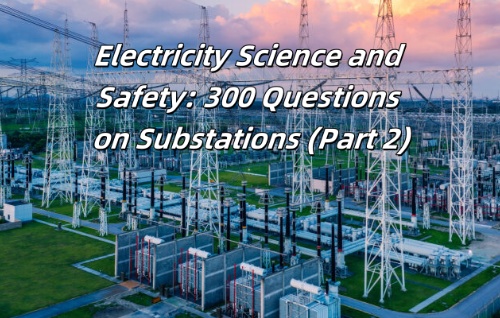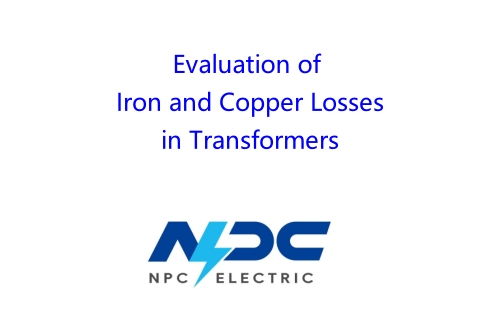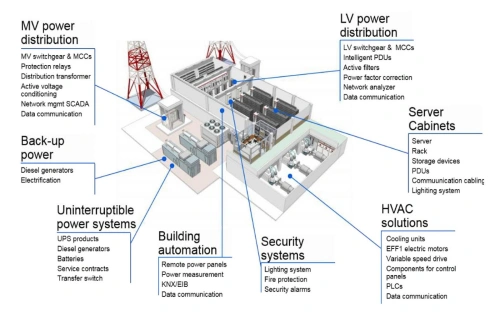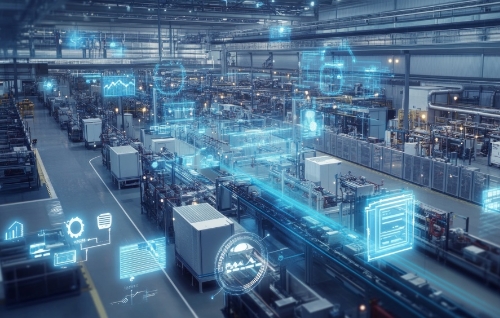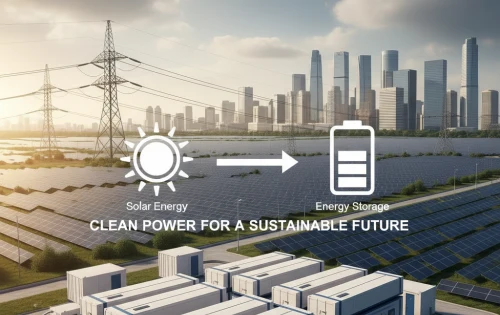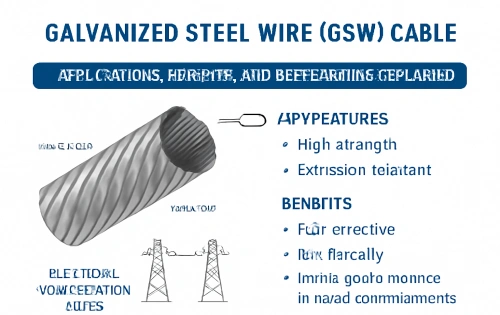Power Distribution Systems Explained: Their Role in Reliable Electricity Supply
Stable and reliable electricity is essential to life, work, and more in modern society. From residential lighting and home appliances to industrial machinery and medical equipment, the demand for uninterrupted power continues to grow as society develops. The power distribution system is at the heart of this energy delivery chain, serving as a critical component connecting large-scale power generation to end users.
What Is an Electrical Power Distribution System?
An electrical power distribution system refers to the network of equipment, circuits, and infrastructure that delivers electrical power from high-voltage transmission lines to consumers. While transmission lines carry electricity over long distances at very high voltages, the distribution system steps down this energy to usable levels through transformers, substations, and distribution lines.
In practical terms, the distribution system ensures that the power supplied from generating plants reaches homes, offices, factories, and digital infrastructure safely and reliably.
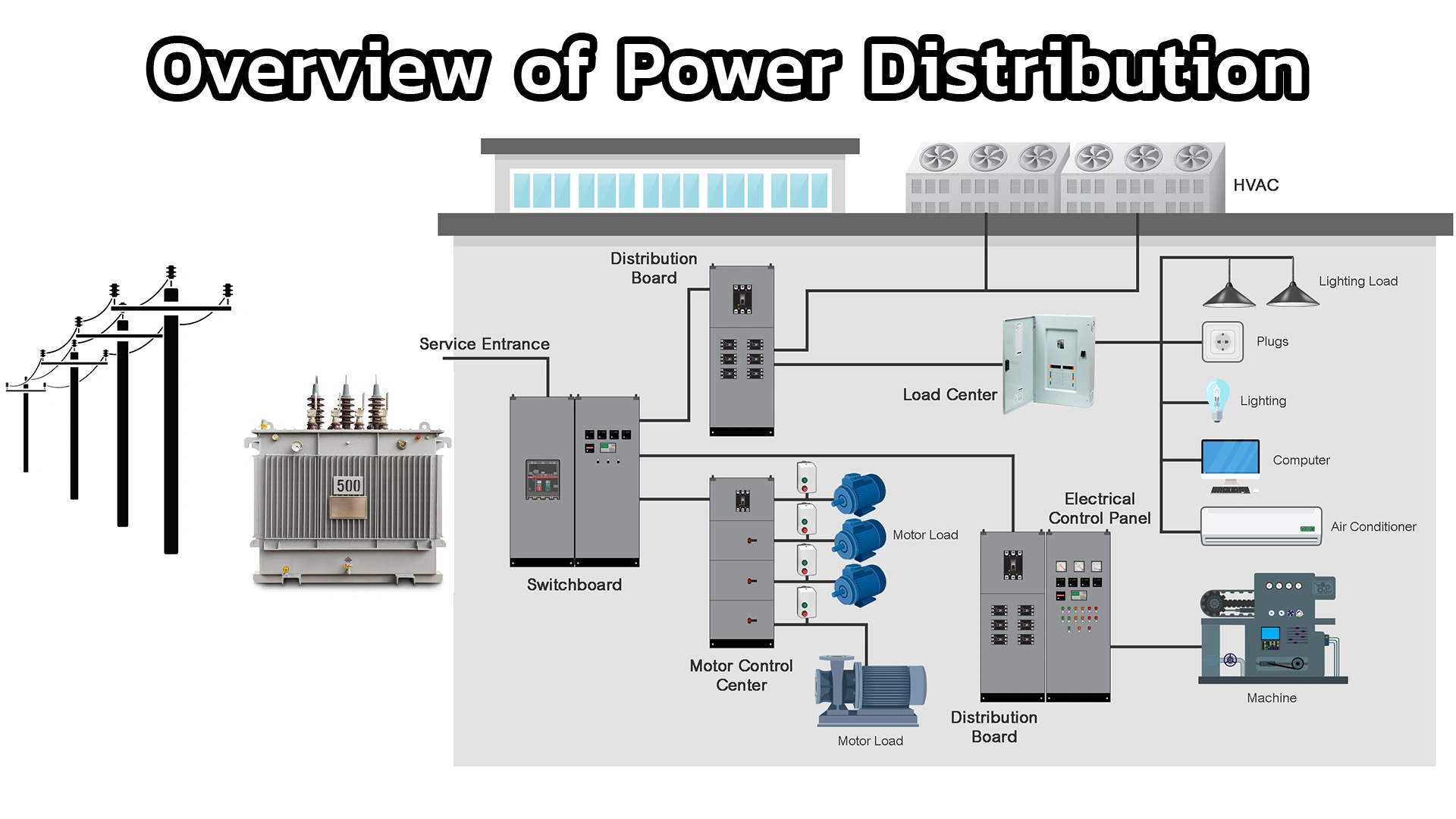
The Structure of a Power Distribution System
The distribution system in power system design generally includes:
- Substations – These receive electricity from high-voltage transmission lines, often at voltages above 110 kV. Transformers inside substations step down these high voltages to medium or low voltage suitable for local distribution.
- Distribution Lines – Medium-voltage overhead or underground lines carry electricity closer to end users. In urban areas, underground distribution lines are common for reliability and safety, while rural areas often rely on overhead lines for cost efficiency.
- Transformers – Local distribution transformers further reduce voltage levels (for example, from 11 kV down to 400/230 V) to provide electricity directly usable by households and businesses.
- Service Connections – The final link of the electric distribution system, where power is supplied directly to consumers through service cables and meters.

3-Phase Power Distribution System
One of the most widely used methods in power system distribution is the 3-phase power distribution system. It provides multiple advantages:
- Efficiency – Three-phase systems deliver more power with less conductor material compared to single-phase systems.
- Stability – Industrial motors and large equipment operate more efficiently on a 3-phase supply.
- Flexibility – It allows both single-phase loads (e.g., household appliances) and three-phase loads (e.g., industrial machinery) to be connected.
This balance of efficiency and versatility makes the three-phase model the backbone of modern electrical distribution.
High Voltage and Reliability
Why are high voltages used in the first place? The reason lies in physics: transmitting electrical power at high voltage reduces current and minimizes energy losses across long distances. This principle makes high-voltage power transmission and subsequent distribution critical for efficient grids.
However, high voltages are unsafe for direct consumer use, which is why the distribution network relies on multiple stages of voltage transformation before the power supplied reaches end users. Proper insulation, protective relays, and circuit breakers are essential in ensuring safety at every stage.
Practical Applications in Modern Networks
From an application perspective, distribution systems support a wide range of modern needs:
- Urban Infrastructure – Underground distribution lines minimize outages and support dense population centers.
- Industrial Zones – Large factories often rely on dedicated 3 phase power distribution systems to operate heavy equipment.
- Renewable Integration – As solar panels and wind farms expand, electrical power distribution systems are being adapted to handle two-way power flow, where consumers can also generate and feed electricity back into the grid.
- Smart Grids – Digital monitoring and automation enhance the electric distribution system, allowing for faster fault detection, load balancing, and real-time efficiency improvements.
Challenges and Future Trends
Modern distribution systems in power systems face increasing challenges:
- Rising Demand – Electric vehicles and data centers put additional strain on distribution networks.
- Aging Infrastructure – Many cities still rely on decades-old distribution lines and transformers.
- Decentralized Generation – Renewable energy integration requires more flexible grid management.
Future improvements are expected to focus on smart metering, stronger fault-tolerant designs, and enhanced automation. In addition, new materials and digital control technologies will help make electrical power distribution systems more resilient to disruptions.
The power distribution system is far more than just wires and poles—it is the final, indispensable link that transforms bulk energy into reliable, usable electricity for everyday life. By stepping down high voltages, ensuring efficient power system distribution, and integrating modern technologies like smart grids, the distribution network guarantees that electrical power is supplied safely and efficiently.
As societies continue to demand greater reliability, cleaner energy, and smarter infrastructure, the role of electrical power distribution systems will only grow more critical.

